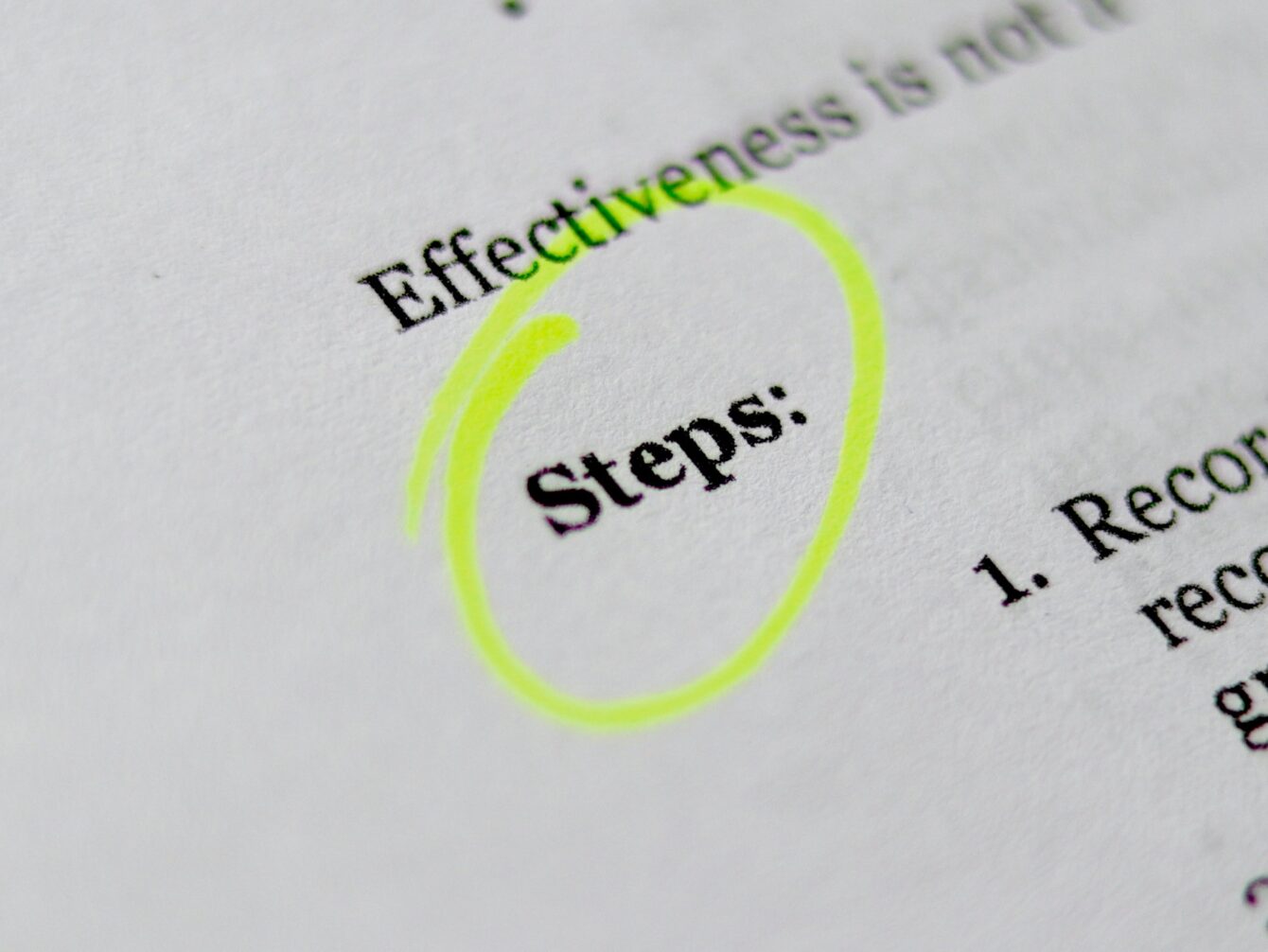If you are developing an app or piece of software, you likely want to bring it to market as quickly as possible. But it’s not always as easy as that. The development life cycle can take months or even years to reach completion. And there are all kinds of obstacles you might encounter along the way, including funding issues, compatibility problems, lack of resources, security breaches, and development errors. These can set the project back significantly, costing you a great deal of time and money.
Many tech startups opt to launch their applications as a minimum viable product, enabling them to bring their offering to market quicker and establish a customer base early on. The following article takes a look at the benefits of creating a minimum viable product, and provides a step-by-guide for how you can create your own. Read on to learn more.
What is a minimum viable product?
A minimum viable product is an early version of an app that only supports minimal, essential features. It will have enough functionality to satisfy early adopters but the final, complete design will only be launched once feedback has been received from the initial round of customers.
This enables tech startups to bring their digital products to market much quicker, and use the opinions of early adoption to refine and optimize later iterations of the app or software. This method allows you to speed up the development life cycle, test your app on real users, and boost your return in investment.
Many of the world’s most successful apps began life as a minimum viable product, including Uber, Netflix, and Shopify.
How do you build a minimum viable product?
If you are looking to create a minimum viable product, there are some steps you will need to follow. Below is a step-by-step guide to launching your own successful MVP.
Step 1: Identify a problem to solve
What is your app going to achieve? You need to start out by identifying a problem or challenge that your digital product can solve. If you have an idea, this step can help you validate it without development, thereby saving you a great deal of time and money throughout the process. It helps you save resources and ensures that is indeed a genuine need that your MVP can address. ONce you have defined the problem, you can then start building the solution.
Step 2: Conduct market research
Market research is one of the most important steps in building a minimum viable product. You need to know if this is a product that people or organizations will genuinely want, and whether or not your competitors have already launched anything similar. You need to identify who your target audience are and calculate the market size so you know that there are enough people willing and able to spend money on your product. Running out of money is one of the most common reasons tech startups fail, so conducting thorough market research can mitigate this risk.
Step 3: Create a prototype
Even though you are building an MVP with minimal functionality, it’s still important to create a prototype version of your app. A prototype allows you to visualize your solution, testing out design, functions, UI and UX, and you can also obtain early feedback that you can implement in your MVP.
Step 4: Define your MVP’s features
What features will your minimum viable product have? You need to think about how you can solve the problem identified in step one, as well as optimizing your product for user experience. The feedback gathered from your market research will inform this decision, so make a list of the vital features you want to include and make a roadmap to initiate development.
Step 5: Create and refine new iterations
One of the key benefits of launching an MVP is that you can relaunch and refine further iterations based on user feedback and ongoing testing. This will enable you to continually perfect your product, adding extra features and functionality as you go.
What are the most important things an MVP needs to have?
How much does it cost to create an MVP?
Launching a minimum viable product allows you to save on development costs and achieve a higher return on investment. Therefore it is a hugely cost-effective strategy. The exact cost of your MVP will depend on a range of factors, including the amount of work required, the development team, and any obstacles encountered along the way. However, you can expect the average cost of developing an MVP to set you back between $15,000 and $50,000. In some cases, the cost can get up to $150,000 or more.
How long does it take to build an MVP?
The MVP development process can dramatically vary from project to project. The timescale will be affected by several things, including the complexity of the design, the features included, and the team tasked with developing it. On average, it is likely to take between three and four months from conception to launch. However, this figure can be afflicted by delays and challenges that arise during the process.
How can I make an MVP fast?
To sum up, creating a minimum viable product is an excellent way to shorten the product development life cycle and bring your app or software to market much quicker and for a lower cost. It enables you to get feedback from early adopters and attract interest from potential investors. As a result, you will save time, money, and obtain a higher return on investment.
The steps outlined above offer a clear guideline for how to create and launch your own MVP. If you are considering creating your own minimum viable product and need help launching it, get in touch to find out how we can help you.




